The stunning collapse of the Francis Scott Key Bridge in Baltimore is expected to have rippling effects, with vessel traffic into and out of one of the busiest ports on America’s East Coast indefinitely halted, tens of thousands of people without work and traffic snarled on surrounding roadways.
State and federal officials have stressed that fully reopening the nearby Port of Baltimore and rebuilding the bridge are the top priorities, second only to efforts to recover the bodies of workers thought to have been swept into the Patapsco River.
But authorities have also acknowledged that rebuilding the bridge won’t come quickly, cheaply or easily. And they’ve declined to say how long it may be before the port fully resumes operations.
Here are some of the immediate impacts expected from the collapse:
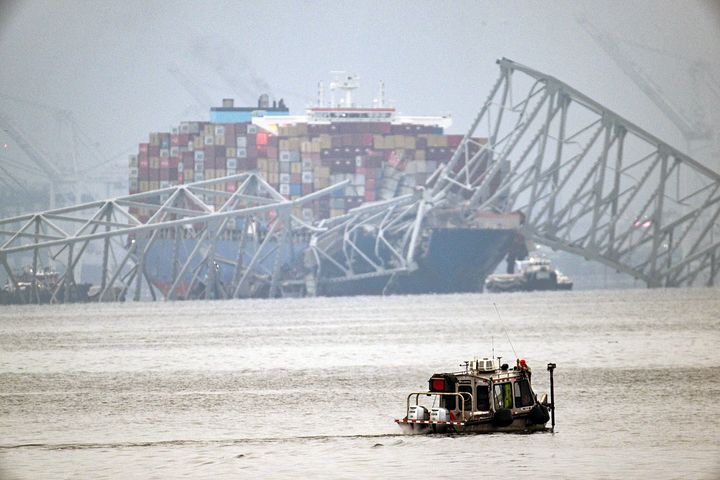
Employment:
The Port of Baltimore annually generates nearly $3.3 billion in total personal income. It supports about 15,000 jobs directly and some 139,000 jobs connected to port work, according to state data.
These jobs include about 2,400 unionized dockworkers who are daily hires, meaning they’re without work and pay when there’s no cargo to move, said Scott Cowan, president of the International Longshoremen’s Association Local 333 in Baltimore.
“It’s a scary situation,” Cowan told HuffPost on Wednesday. “Obviously we don’t have to wait for the bridge to get rebuilt, it’s more of the shipping channel being cleared out and I don’t know how long that’s going to take.”
In total, he said the suspension of vessel operations is costing around $191 million per day. Maryland’s governor has shared a similar estimate.
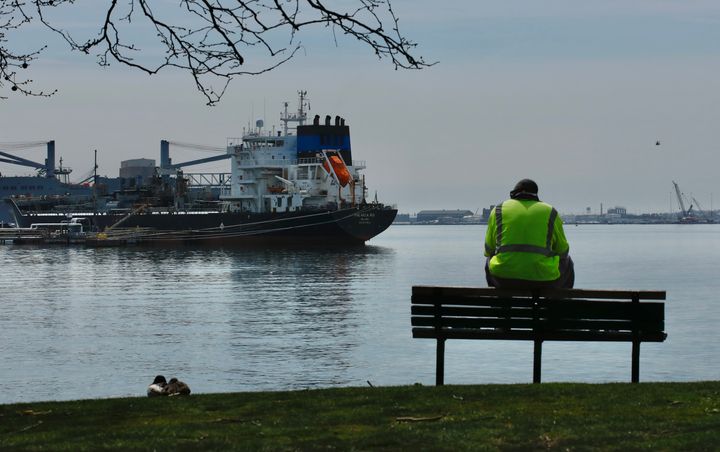
Transportation Secretary Pete Buttigieg said Wednesday that the port is not entirely shut down, with ground transportation ongoing and workers busy offloading vessels stuck in the waterway.
“But that work won’t last long, and that’s one of our main areas of concern,” he said at a White House press briefing. He added that officials will look into what kind of financial aid may be available to workers impacted, but declined to suggest how long it may take before the port fully reopens.
Cowan also said his organization is working with state and federal officials to secure possible financial assistance for workers.
“The port’s been shut down before because of snow, wind or rain, but nothing like this,” he said. “We didn’t shut down like this during the COVID pandemic. All these people affected right now were the ones moving goods during the COVID pandemic that most people were relying on getting.”
Shipments:
The Port of Baltimore is one of the busiest in the country. Last year, it handled 52.3 million tons of foreign cargo, worth $80 billion, making it “one of the largest economic generators in Maryland,” Maryland Gov. Wes Moore boasted in February.
Shipments coming into and out of the port last year included some of the nation’s largest shipments of agricultural equipment and coal, and the largest amount of automobiles and light trucks ― about 847,000 total ― by any U.S. port for the 13th year running, according to the Maryland Port Administration and the governor’s office.
A few U.S. automakers who move vehicles through the port told Reuters they will reroute shipments to other ports amid the port’s closure. Most companies have said their car shipments will be minimally or not at all impacted, however.
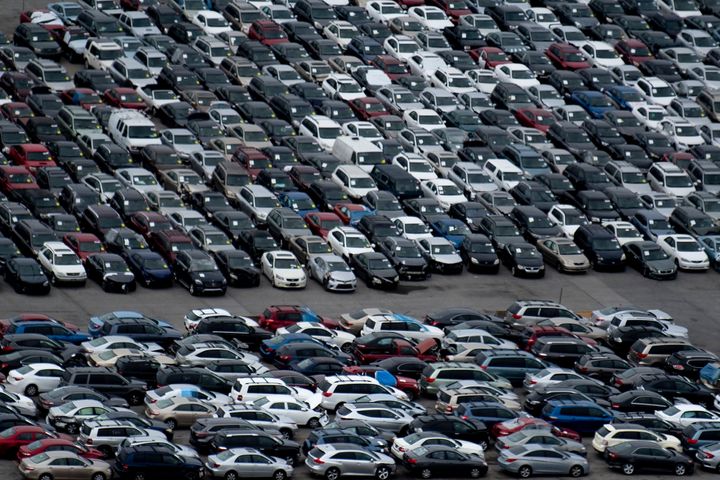
Those planning to reroute shipments reportedly include General Motors and Ford.
“It’s going to have an impact,” John Lawler, Ford’s chief financial officer, told Bloomberg News. “We’ll work on the workarounds. We’ll have to divert parts to other ports along the East Coast or elsewhere in the country.”
A spokesperson for Toyota told HuffPost that while Baltimore is not a primary port for the company’s North American operations, “there will be some impact, primarily on vehicle exports.”
“At this time, we do not anticipate a significant disruption, but we are evaluating the situation closely to determine the longer term impact and countermeasures,” the spokesperson said in a statement.
In addition to automobiles, the port is also a key import-export point for farm and construction machinery.
The port last year ranked first in the nation for handling farm and construction machinery, according to the state. It serves nearly every agricultural equipment manufacturer in the U.S., according to agricultural news outlet DTN.
The port also ranked second in the country for coal exports, moving roughly 28.1 million tons of coal in 2023.
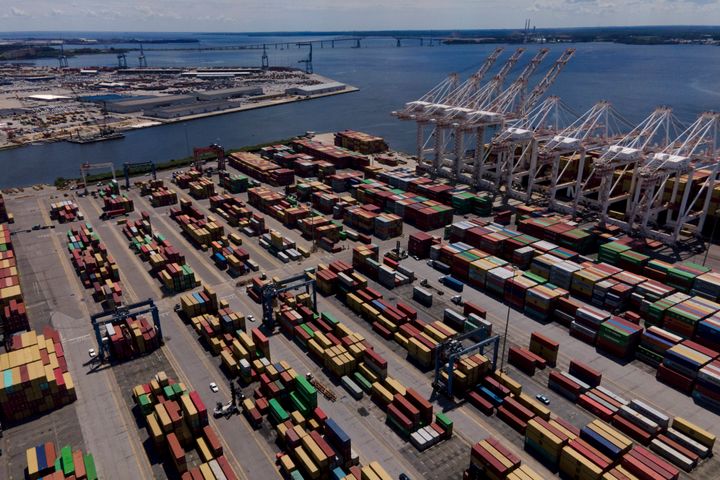
The port is one of the smallest on the northeastern seaboard for container vessels. Because of that smaller size, experts have said that there are unlikely to be major global supply-chain effects.
For comparison, the port handled around 265,000 containers in the fourth quarter of last year, while the Port of New York and New Jersey handled around 2 million containers and the Norfolk Port in Virginia handled around 850,000 during the same period, shipping expert Lars Jensen told Reuters.
Any containers can likely be redistributed to bigger ports, like the one in Virginia, said Jensen.
Local roadways:
The 1.6-mile, 4-lane Key Bridge had been a major artery in the Baltimore Harbor, with around 11.3 million vehicles traversing the I-695 roadway annually, or about 31,000 vehicles a day. The bridge, which opened in 1977, was built after the Baltimore Harbor Tunnel reached capacity, according to the Maryland Transportation Authority.
Maryland transit authorities have been recommending alternative routes and advising drivers to prepare for extra commuting time “until further notice.”
Drivers are being directed to use the I-95 and I-895 tunnels to cross the harbor while vehicles carrying hazardous materials, which are prohibited in the tunnels, are directed to drive around the city using the western section of I-695.
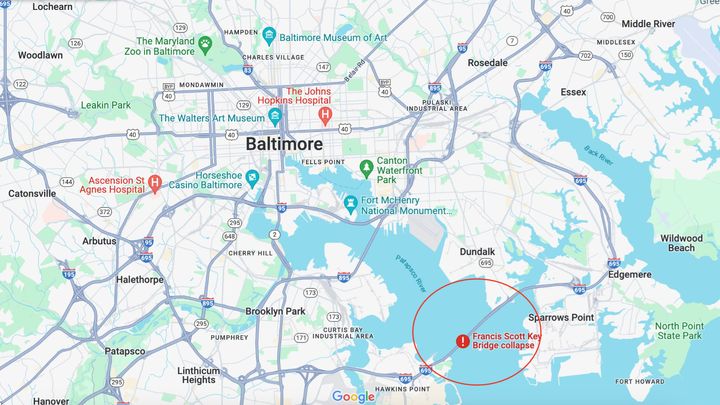
One local official in the Delmarva Peninsula, southeast of Baltimore, has speculated that there will be increased traffic in surrounding regions as well, with vessel cargo likely rerouted to Norfolk, Virginia; Wilmington, Delaware; and Philadelphia.
“I think we’ll see a tremendous increase, not only commercial truck traffic but general traffic as a whole,” Salisbury Area Chamber of Commerce President Bill Chambers told Maryland station WMDT.
Cruise lines:
The port last year saw more than 444,000 cruise passengers, with the industry supporting more than 400 jobs and contributing more than $63 million to the state’s economy, according to the MPA.
Carnival Cruise Line said it is temporarily moving its Baltimore embarking and returning ships to Norfolk. Passengers are being offered complimentary bus service between Baltimore and the Virginia port.
Royal Caribbean’s Vision of the Seas set sail from Baltimore on March 23 for a 12-night cruise and is expected to return to the same port on April 4. A Royal Caribbean spokesperson did not immediately respond to a request for comment on if and how that itinerary may change.
American Cruise Lines, which operates cruises in the Chesapeake Bay area, said its next trip planned out of Baltimore is scheduled in May. A company representative told HuffPost the company will continue to monitor the situation and make adjustments if needed.

